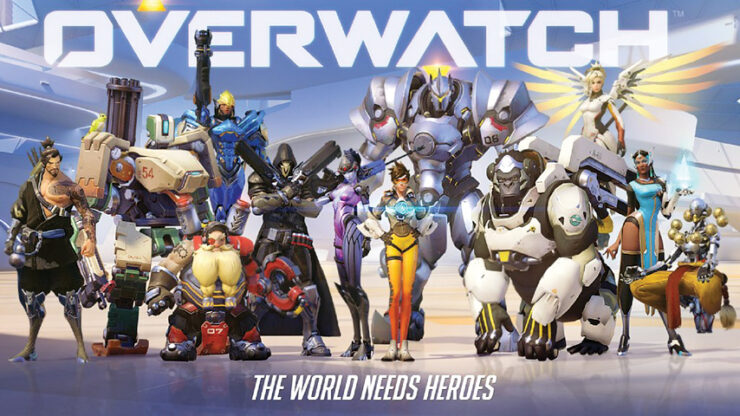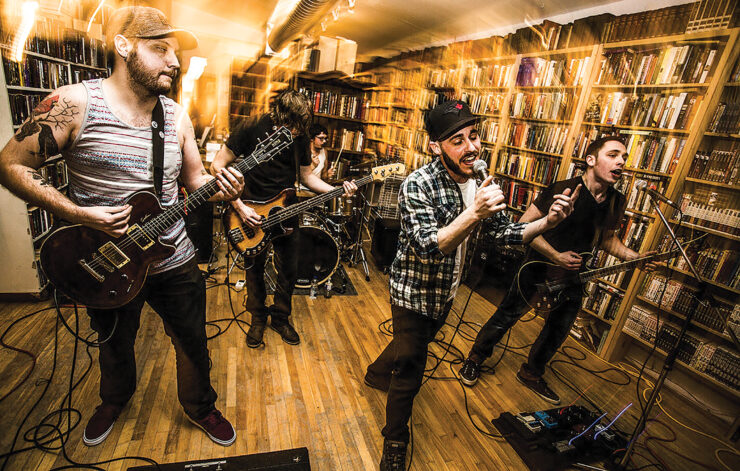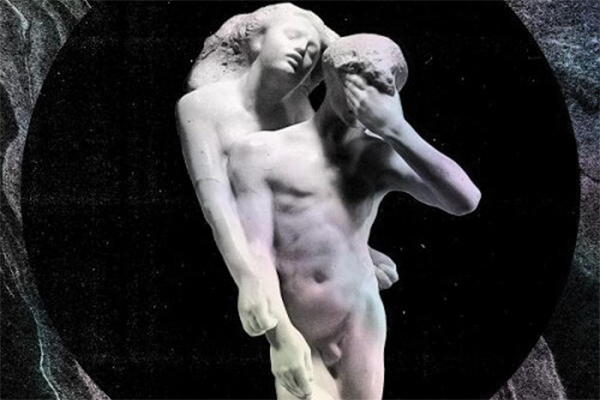While many Canadian readers may have tuned into the Winter Olympics, drunk hot chocolate, or taken advantage of the snow this time of year, students in Ireland are coping with a very different kind of “weather.”
Since all seasons are mild in Ireland, and the warm temperatures of spring are starting to set in, many students must decide “whether” they want to spend their time watching or playing a sport, be it Gaelic football or hurling.
Gaelic football is sort of like a soccer-basketball mix with small teams on a huge field, whereas hurling is akin to playing lacrosse with minimal padding and using a baseball bat instead of a netted stick.
While I have simplified Irish sporting culture a little bit to make a point, the two sports do make up a huge part of Irish life and culture.
Both a part of the Gaelic Athletic Association (GAA), the two Irish sports first gained popularity in the early 1900s. At that time, Irish nationalism was beginning to take serious strides to set itself apart from British culture, and the island had begun to forge a distinctly “Irish” identity.
Along with plenty of Irish theatre, literature, and music, these Gaelic sports were codified and gained huge popularity throughout the 32 counties of Ireland in the first two decades of the new century and have consequently become ingrained in modern Irish culture.
I had a run-in with this overpowering support for the culture in the first few days of September, and the second week of my exchange, when County Galway was set to play against County Waterford in the Men’s All-Ireland senior hurling championship.
At the time, I had thought that it would probably just be a fun day where a few locals might wear Galway’s county colours (maroon and white) and sit at local pubs to watch the game. What I hadn’t realized was that the Irish take the GAA championships as seriously as many Canadians take the NHL playoffs. This was the Stanley Cup game of hurling. So, I was wrong about the atmosphere. I was very, very wrong.
Every pub in Galway was packed shoulder-to-shoulder with Galwegians donning their county jerseys, cheering on the local lads, and waiting on bated breath to see who has going to win.
Since the game was between Irish counties, a few people claimed to have known the Galway players on the field, more knew of the area where they were from, and most of the rest would have shared their distinct accents and wanted them to win at all costs.
In the end, Galway did win and I’m sure that an aerial view of the city that day would have looked incredible—many of the grey paved streets would have seemed like they were painted maroon from the sky, since absolutely everyone seemed to have been wearing a jersey to celebrate the win.
Even now, as I write this article on a sunny spring day in Ireland, I can see university students outside of my window wearing hurling jerseys and grabbing their sticks to go hit a ball around.
I guess that, over the century since Irish independence, the country’s culture has remained pretty steadfast. So, to get a real immersion, it might be time for me to trade in my hockey stick and cup of Timmies for a hurling bat and Guinness, eh?





